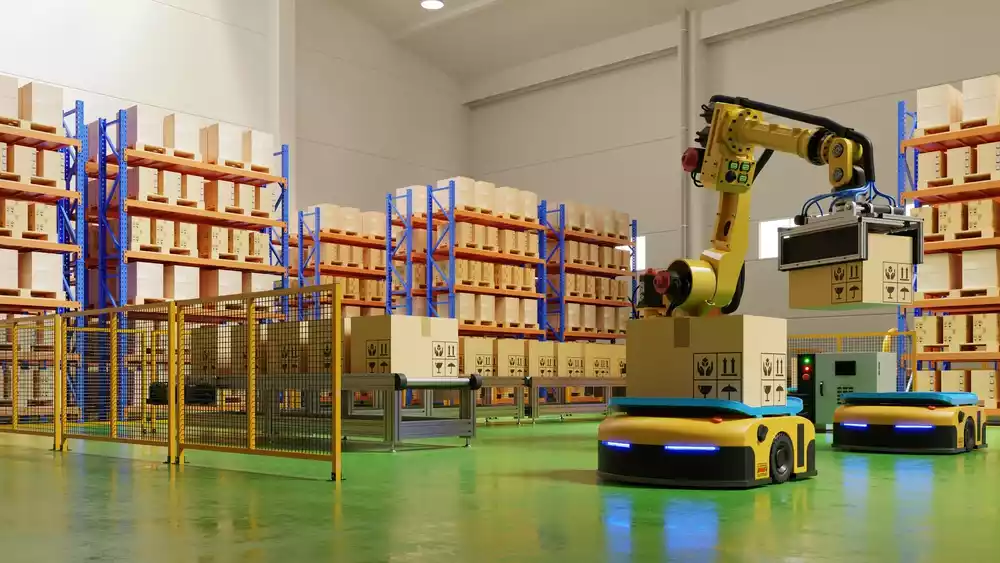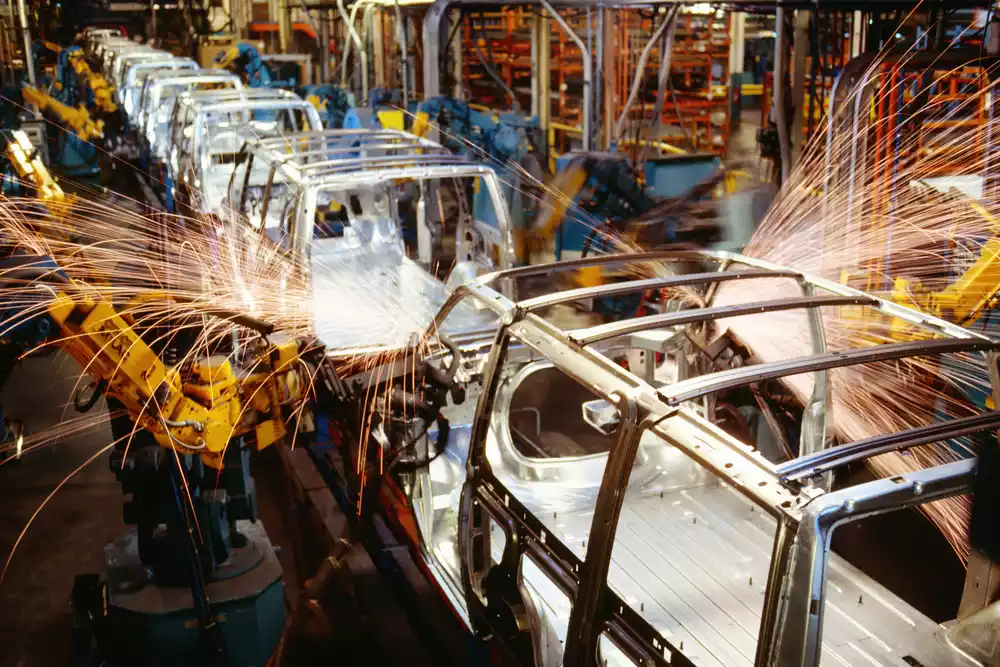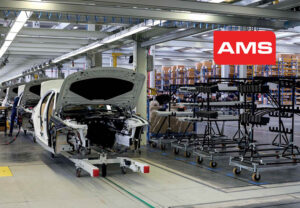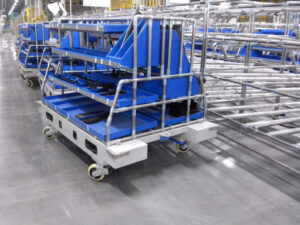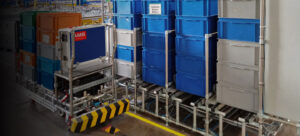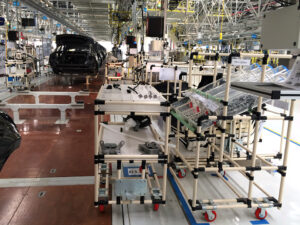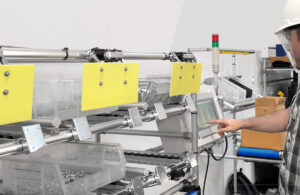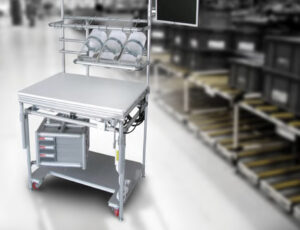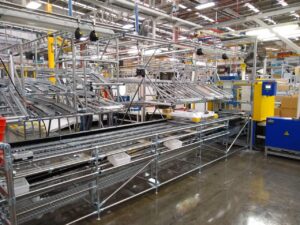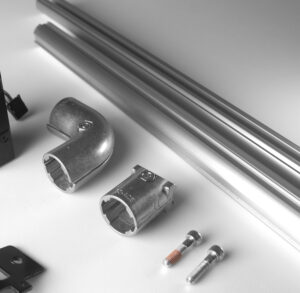Blog
- Home
- Technology
- Tips And Best Practices for Pipe Rack Design
Tips And Best Practices for Pipe Rack Design
Table of contents
Tips and best practices for pipe rack design
When it comes to industrial infrastructure, the design of pipe racks plays a crucial role in ensuring the smooth operation of various facilities. These structures provide support for piping systems, allowing for efficient transportation of fluids throughout a plant or facility. A well-thought-out pipe rack design not only optimizes space utilization but also enhances safety and accessibility for maintenance and operations.
In the realm of engineering and construction, the layout and configuration of pipe racks are essential components that require meticulous planning and execution. From considering load capacities to addressing potential clashes with other structures, every aspect of pipe rack design demands attention to detail. Engineers and designers must strike a balance between functionality, structural integrity, and cost-effectiveness to deliver a robust and reliable system that meets industry standards and regulatory requirements.
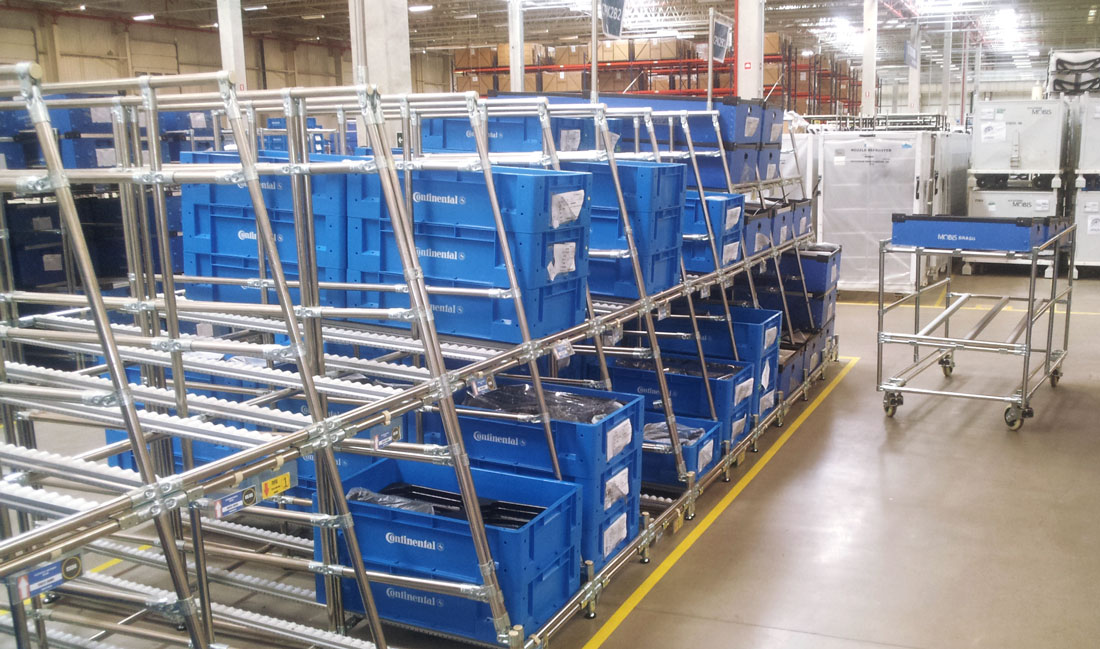
Understanding pipe rack design
In the realm of industrial infrastructure, pipe rack design plays a pivotal role in ensuring the seamless operation of piping systems. It serves as a fundamental component that supports the efficient transportation of fluids within facilities.
The Importance of Pipe Racks in Industrial Settings
Pipe racks are crucial in industrial settings as they provide a robust framework for the piping systems, enabling smooth and safe transport of various fluids throughout the facility. They play a critical role in optimizing space utilization by elevating the pipes above ground level, thereby freeing up valuable floor space for other operations. Additionally, pipe racks enhance safety by allowing easy access for maintenance and inspection activities, ensuring that any issues can be promptly identified and resolved.
Basic Components of Pipe Racks
The basic components of pipe racks typically include main supporting members such as columns and beams, as well as secondary elements like bracings and cross members. These components are meticulously designed to withstand the load of the piping systems and any additional factors such as wind loads or seismic forces. Each element is carefully integrated into the overall design to ensure structural integrity and compliance with industry standards. A well-designed pipe rack optimizes functionality, durability, and cost-effectiveness, meeting the stringent requirements set by regulatory bodies in the engineering and construction sectors.

Key considerations in pipe rack design
Load Requirements and Capacity Planning
In pipe rack design, determining the load requirements and planning the capacity are critical stages. Engineers analyze the types of pipes, their dimensions, and the expected load they will carry. They calculate the load-bearing capacity of the pipe rack structure to ensure it can safely support the weight of the pipes, considering factors such as seismic loads and environmental conditions. By accurately assessing the load requirements and planning the capacity beforehand, designers can create a robust and reliable pipe rack system that meets operational demands efficiently.
Material Selection for Durability and Efficiency
Selecting the right materials is essential for ensuring the durability and efficiency of a pipe rack system. Engineers consider factors such as the corrosive nature of the transported fluids, exposure to varying temperatures, and susceptibility to environmental elements. Common materials used in pipe rack construction include steel, aluminum, and composite materials, each offering different advantages in terms of strength, corrosion resistance, and maintenance requirements. By choosing materials that align with the specific operational conditions, designers can enhance the longevity and performance of the pipe rack while maintaining cost-efficiency.
Space Optimization and Accessibility
Space optimization and accessibility are key considerations in pipe rack design to maximize the efficient use of available land and ensure easy maintenance access. Designers must carefully plan the layout of the pipe rack to minimize its footprint while accommodating the required number of pipes and support structures. Moreover, ensuring accessibility for inspection, maintenance, and potential future expansions is crucial for operational flexibility. By incorporating efficient space utilization strategies and designing accessibility features from the outset, engineers can create a well-balanced pipe rack system that optimizes space, enhances safety, and allows for seamless maintenance procedures.
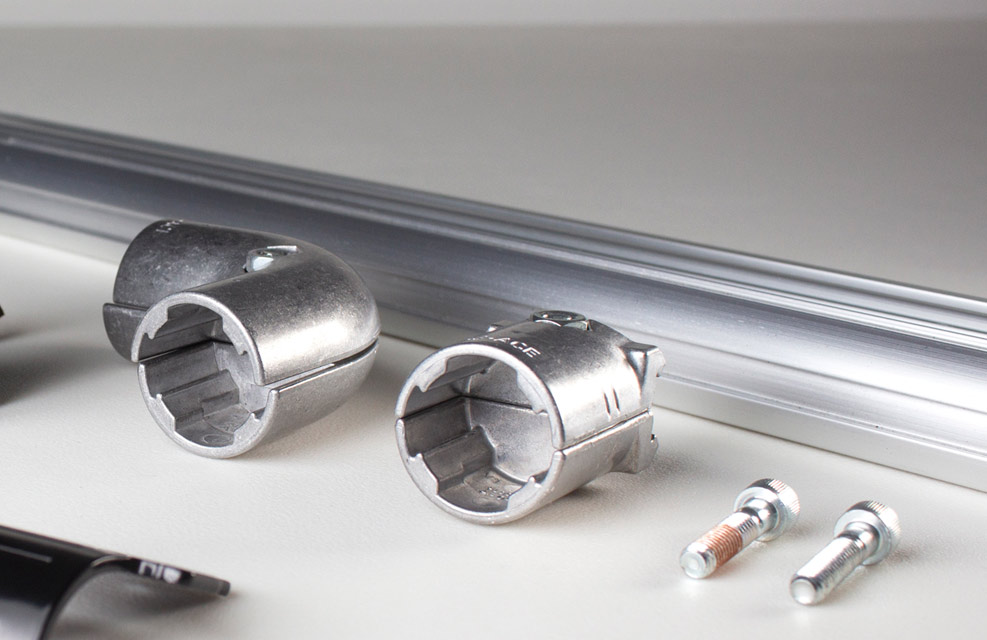
Pipe rack design standards and codes
Industry-Specific Compliance
In pipe rack design, adherence to industry-specific standards and codes is crucial. Engineers must ensure that the design meets the prescribed guidelines set by regulatory bodies and industry organizations. These standards encompass various aspects such as material specifications, load capacities, seismic considerations, and environmental factors. By following these standards, designers can create pipe rack systems that not only meet safety requirements but also ensure operational efficiency and longevity.
Safety Regulations and Best Practices
Safety regulations and best practices play a pivotal role in pipe rack design to maintain a secure working environment. Designers must factor in safety regulations related to fire protection, structural stability, and access for maintenance purposes. Incorporating safety features like handrails, anti-slip surfaces, and adequate lighting is essential. By adhering to best practices, such as conducting thorough risk assessments and implementing safety measures, engineers can design pipe racks that prioritize the well-being of personnel and minimize the risk of accidents.
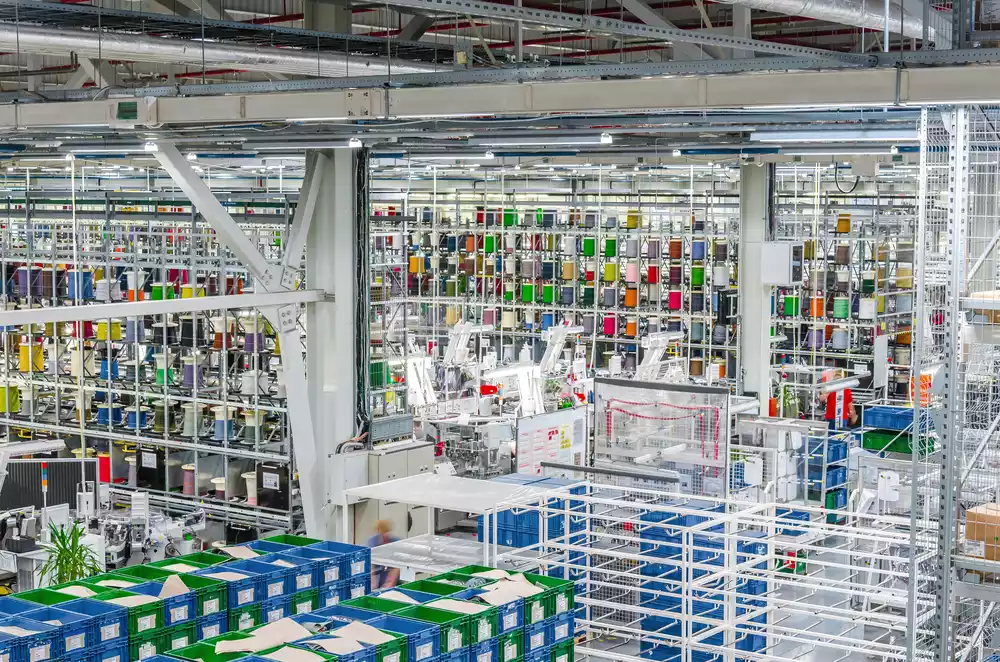
Common challenges in pipe rack design
In the realm of pipe rack design, engineers often encounter several challenges that demand careful consideration and strategic planning to ensure the efficiency, safety, and longevity of the infrastructure. Addressing these challenges is essential to uphold the functionality and structural integrity of pipe racking systems.
Managing Thermal Expansion and Contraction
A primary challenge in pipe rack design is managing thermal expansion and contraction. As pipes are exposed to varying temperatures due to fluid flow, atmospheric conditions, or operational changes, they expand and contract, potentially leading to stress and deformation. Proper planning for expansion loops, flexible joints, or thermal insulation is crucial to accommodate these thermal movements effectively.
Mitigation of Corrosion and Environmental Factors
Mitigating corrosion and environmental factors poses another significant challenge in pipe rack design. Exposure to harsh industrial environments, chemicals, moisture, and external elements can accelerate corrosion, jeopardizing the structural stability and operational lifespan of the pipe racking system. Implementation of corrosion-resistant materials, protective coatings, and regular inspection and maintenance routines are vital to combat these challenges effectively.
Structural Integrity and Seismic Considerations
Ensuring structural integrity and addressing seismic considerations are critical challenges in pipe rack design, particularly in regions prone to seismic activity. Designing pipe racks to withstand seismic forces, ensuring proper anchoring, bracing, and load distribution, are essential aspects to prevent structural failures during seismic events. Engineers must adhere to seismic design codes, perform thorough structural analyses, and integrate seismic-resistant features to enhance the resilience of pipe rack systems against seismic forces.
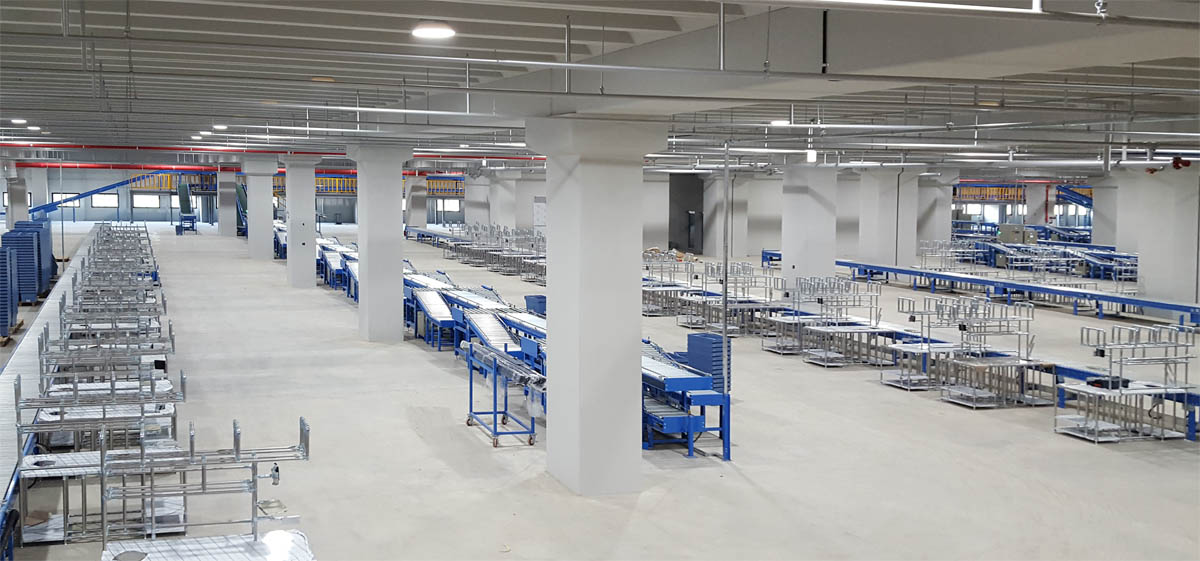
Elevate your pipe rack design with AMS, Inc: Expert solutions for efficiency and safety
Efficient pipe rack design is the cornerstone of a well-organized and safe industrial facility. By incorporating the best practices and tips discussed, you can significantly enhance operational efficiency and minimize risks.
Ready to optimize your pipe rack design for maximum productivity and safety? Connect with AMS, Inc’s experienced pipe racking experts today. Our tailored solutions and industry expertise ensure that your facility’s layout is optimized for success. Contact us now for a consultation and elevate your pipe rack design to new heights of efficiency and functionality!
We look beyond the scope to surpass your expectations
We understand the importance of retaining a strong working relationship with our customers. AMS provides a niche for everyone through excellent customer care and top-rank products.

